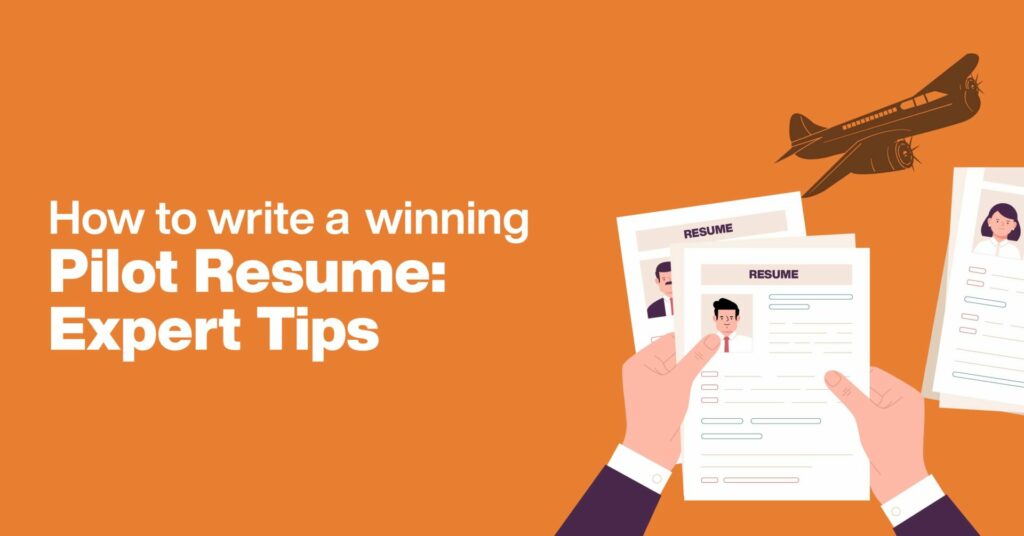Aspiring to land a pilot position? Before you rush to submit your CV, there are crucial elements you must consider to enhance your chances of getting that coveted call back.
The aviation sector is currently oversaturated with skilled pilots seeking employment. In the wake of industry fluctuations, many are on the hunt for new opportunities. As airlines become inundated with applications, only a standout CV will grab their attention. It’s essential that your CV not only reaches their desk but also makes a memorable impact to avoid being lost in the pile.
During my tenure as a pilot recruiter, I’ve frequently encountered CVs riddled with the same critical errors—often related to incomplete or missing information. This oversight forces recruiters to seek clarification, assuming they have the time, which is rarely the case with hundreds to review. More often than not, a CV with gaps or ambiguities is quickly passed over. Ensuring completeness and clarity in your resume is extremely important if you want to stand out among numerous candidates. HR should take notice of you, so your text should be concise and impactful. You can submit your draft for review to paper writing companies and receive an edited text within a few hours. This can increase your chances as the work will be done accurately and professionally.
A pilot’s CV diverges significantly from typical resumes. Utilizing generic templates or formats could lead to omitting critical specifics about your flying experience. For instance, if you’re an A320 Captain, merely listing total flight hours without specifying command hours can be detrimental. When applying for a command position, demonstrating your extensive in-type command experience is crucial. Airline recruiters are quick to overlook CVs that fail to highlight such essential details, which are key to securing a Pilot in Command (PIC) role.
Key Information to Feature in Your Pilot’s CV
Writing a pilot’s CV requires attention to detail that goes beyond the basics. Here’s what you must include to ensure your CV stands out:
FULL NAME: Always use your full name, including middle names and complete surnames. Abbreviations might cause discrepancies later, especially when cross-referencing with official documents like your passport.
DATE OF BIRTH: List your date of birth rather than your age. Age can change, but your birth date remains constant, providing clear and consistent information for recruiters.
NATIONALITY: This is particularly important as some airlines have specific hiring policies depending on diplomatic relations with your country.
CONTACT INFORMATION: Ensure your contact details are accurate and professional. Include at least your mobile phone number and email address. Opt for an email that reflects professionalism; avoid quirky addresses that might undermine your credibility. You may also add instant messaging and video call IDs, but be cautious with social media links unless they portray a professional image.
PILOT LICENSES: Specify the type (ATPL, CPL) and the issuing authority (EASA, FAA, etc.), along with any expiry dates.
MEDICAL CERTIFICATE: Include the type, date of issue, and expiry date.
TOTAL FLIGHT TIME: Break down your total flight hours, clearly outlining your experience in different aircraft types.
TOTAL PIC TIME: When applying for a PIC position, highlight your command hours extensively.
ADDITIONAL CERTIFICATIONS: If you are a Training Captain (TRI) or Examiner (TRE), mention these qualifications and the total hours you’ve served in these roles.
LAST FLIGHT DATE: If currently employed, add a note next to the date of your last flight to reflect this.
This comprehensive approach not only showcases your qualifications but also demonstrates your thoroughness and attention to detail, qualities every airline values in a pilot.
Further CV Instructions and Job Application Advice
Once you’ve ensured your CV includes all necessary information, focus on succinctly presenting your career history. Start with your current or most recent position, and work backwards, detailing relevant roles and education. Include languages spoken and your proficiency levels. Aim to keep your CV concise—ideally, no longer than two or three pages.
Remember, brevity is the key; there’s no need to attach copies of your documents unless specifically requested by the airline. When the time comes to submit documents, bundle them into a single email in PDF format, unless another format is requested. Alternatively, submit a request for writing your text to custom writing websites, ensuring your application is polished and professional. This approach minimizes the recruiter’s workload and demonstrates your ability to follow instructions effectively.

